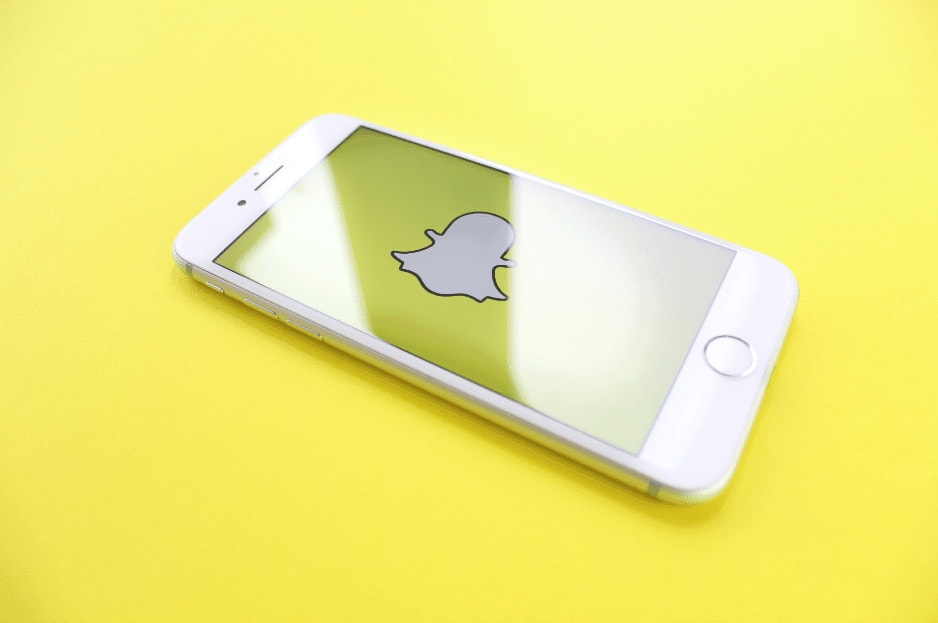How Drones can Impact the Future of Delivery Services
Although drones have been a relatively new addition to the mainstream public domain, they have gained great popularity, and it looks like they’re here to stay. Production is rapidly growing, and by 2020, worldwide market sales are expected to cross £11.2 billion. Drones are currently used for many things, such as photography/video recording, search and rescue, and racing.
The growing interest in drones has shown a flourishing retail footprint within the tech industry, meaning that sales are looking to continue increasing exponentially. With newer features, including Bluetooth, 4K cameras, and built-in GPS systems, drones are shifting their primary purpose of niche fun to being developed for farming-related activities and delivery purposes.
Zipline International, a delivery and logistics company, already uses drones to deliver blood to remote hospitals in Rwanda. A large number of established players in the logistics industry, including Amazon, Alibaba, UPS, DHL, Walmart, and most European delivery services have also begun testing different ways drones can deliver products.
Amazon has been testing drone delivery in Cambridge, here in England. Google’s parent company – Alphabet – has also been doing so in Australia.
The idea of using drones to carry out deliveries seemed like a far-stretched concept only a few years ago. But, as technology continues to be innovative and improve at a drastic rate, we could expect the idea of drones dropping off our parcels to our doorsteps sooner rather than later.
The Advantages and Disadvantages of Using Drones
Advantages
- Last-mile vehicle delivery accounts for more than half of total logistics costs. By implementing drones, they would cut fuel and labour costs significantly, as well as delivery times.
- Shareholders and employees of companies that implement drone delivery into their process will get returns on investment and incentives, respectively.
- As orders will be delivered quickly and reliably, it will increase customer satisfaction drastically.
- Relatively small quad- or octo-copters – uses less energy and significantly reduces the release of greenhouse gasses, which helps contribute towards climate change and the all-important environment.
Disadvantages
Technical feasibility: The drone delivery technology will most likely be adopted in stages after more testing. Whilst this is great for small-scale projects, large-scale operations may not be technically feasible until at least 2021.
Regulation: This is a serious challenge as drones are meant to fly at low altitudes over residential areas to deliver orders. If you follow the rules, you can fly drones in the UK, the European Union, and Australia. However, the United States and China have regulations limiting even testing drones. So while the technology is increasing in popularity, it still has a long way to go to dominate markets around the globe.
Public opinion: Studies conducted on risk perception and public acceptance of drones indicates that people are yet to form opinions on them. Although the results from the public were quite neutral, there were still concerns about the miss-use of drones affecting their privacy and security (which is always an important opinion the public withholds when advanced technology is released).
Usage issues: There are chances of using smaller drones to carry heavier packages and cover longer distances, which could reduce that devices energy efficiency and lead to malfunctions, which could cause potential accidents.
Unemployment: Delivery people may lose their jobs and those in related jobs may not get raises or incentives. This might have a ripple effect on the economy and the society.
Impact of Drones on Delivery Service Methods
Shift in focus to order fulfillment: A faster and more affordable delivery system will increase the pressure on fulfillment warehouses to reduce the time it takes to pick, pack and ship orders.
Need for enhanced security: Drone delivery means more software and, hence, more chances of breaches/attacks. Cybersecurity would have to be stepped up to help prevent fraud and the mistreatment of the devices.
Increased use of real-time data: Consumers may change their minds about products or delivery times and places. Retailers and delivery companies will have to revamp their services and communication systems to handle and accommodate real-time data and real-time changes, otherwise your goods could end up in the hands of the wrong person!
Appreciation of in-store experiences: As this new technology would intrigue a wide-variety of customers, this can prove to be a difficult thing for most physical stores. Physical retail stores would have to come up with unique in-store experiences to attract shoppers.
Threat to Amazon: Although Amazon is a global monopoly business, using drones could challenge the relevancy of the company as other drone retailers might be able to take advantage and compete directly with them. Amazon currently occupies the top spot in customer experience, so anything that challenges their position is seen as a threat.
Super-skilled workforce: Automation may replace inefficient processes and personnel. It will also encourage more specialised skills and latest technologies to be used in the workplace.
Over the years, we’ve seen a variety of trendy technologies come and go, but there’s something about drones that captivates and intrigues us all. Although commercial drone delivery may not be immediately available, it is being eagerly anticipated. Automation is not right or wrong; the use of it is. If you are sensitive to the adverse effects of automation and you take action on it, it can be a win-win situation for the society. But, it’s always best to embrace the new opportunities that fresh technologies provide.
If you have an app idea, you should Talk To Us today! Maybe you could invent a unique user experience that challenges the technology industry.
Share this
Subscribe To Our Blog
You May Also Like
These Related Stories

Wireframing Apps to Image Editing: 5 Tools for UX/UI Designers

What You Can Learn From Snapchat’s Mistakes





